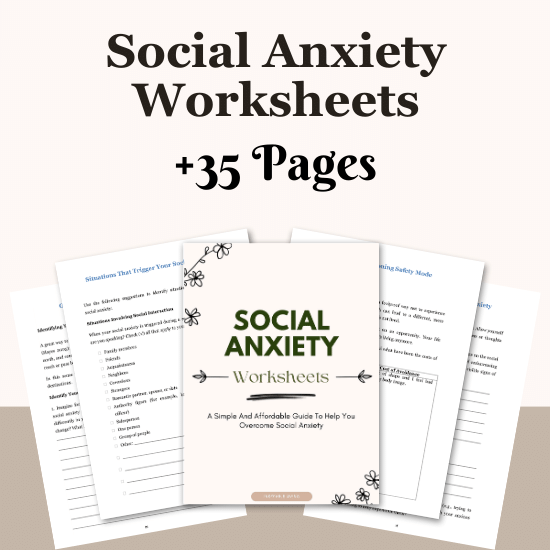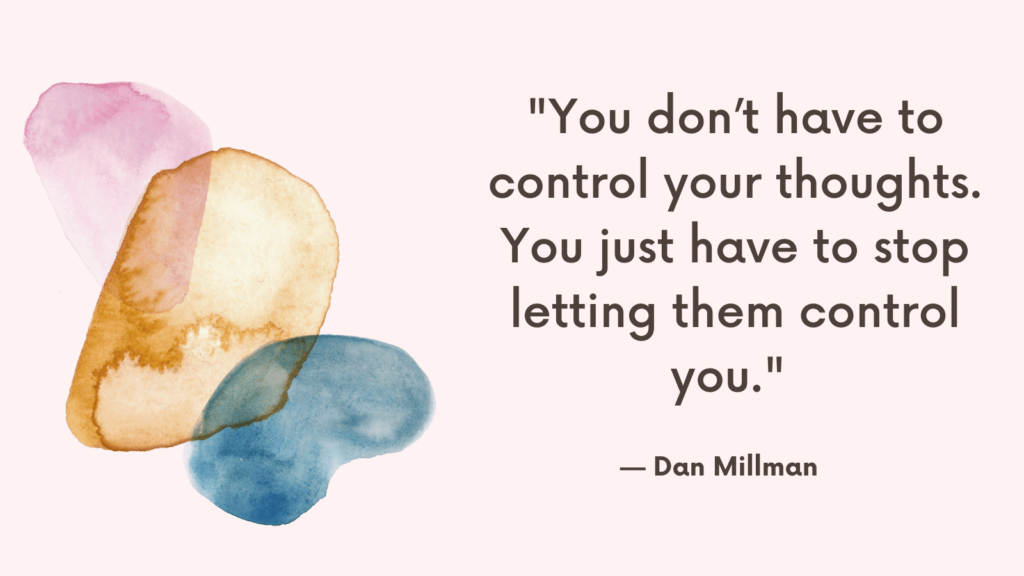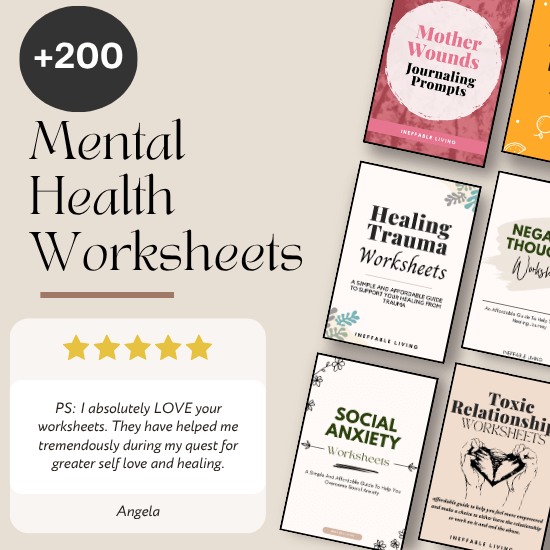Life changes constantly, and sometimes, transitions can be overwhelming. Whether you are returning to work after an extended leave, rejoining social circles post-isolation, or transitioning back into everyday routines after a major life event, you may experience re-entry anxiety. This feeling of unease, worry, or even fear about resuming previous activities is common, but it does not have to control your life.
Here, we will explore what re-entry anxiety is, why it happens, and practical steps you can take to manage it effectively.
What Is Re-Entry Anxiety?
Re-entry anxiety refers to the stress, nervousness, or discomfort associated with returning to a familiar environment or routine after a prolonged absence. It often arises when there is uncertainty, fear of change, or lingering emotional distress related to past experiences.
Some common situations that may trigger re-entry anxiety include:
Returning to work after maternity leave, medical leave, or an extended break
Resuming social activities after a period of isolation
Reintegrating into society after travel or relocation
Returning to school after a long vacation or remote learning
Transitioning back to daily life after experiencing grief, trauma, or personal challenges
If you are feeling overwhelmed by the thought of going back to your old routines, you are not alone. The good news is that there are practical, therapist-recommended strategies to help you regain confidence and ease back into your daily life.
Related: Top 10 Social Withdrawal Signs — & How To Social Isolation? (Hikikomori Syndrome)
How to Handle Re-Entry Anxiety?
1. Acknowledge Your Feelings Without Judgment
It is normal to feel anxious about returning to a previous environment, even if it is one you once enjoyed. Suppressing your emotions can make anxiety worse. Instead of ignoring or criticizing yourself for feeling uneasy, try to acknowledge your emotions with self-compassion.
Ask yourself:
What specific aspects of re-entry are making me anxious?
Am I worried about expectations, interactions, or past experiences?
Have I successfully handled transitions before?
Journaling your thoughts or discussing them with a trusted friend or therapist can help bring clarity to your emotions.
2. Gradually Ease Back In
Rather than diving in all at once, try to take small, gradual steps toward re-entry.
If returning to work, start by catching up with colleagues virtually or visiting the office before your first full day.
If socializing again, begin with smaller gatherings before attending large events.
If re-establishing daily routines, set realistic goals and ease into them step by step.
Taking gradual steps allows your mind to adjust to the change at a comfortable pace, reducing feelings of shock or overwhelm.
Related: Best 9 Tips On How To Stop Avoidance Cycle (+FREE Worksheets PDF)
3. Prepare Yourself Mentally and Emotionally
Before re-entering any environment, it helps to mentally rehearse the experience. Visualization can be a powerful tool to reduce anxiety.
Imagine yourself confidently walking into the workplace, greeting colleagues, and handling tasks with ease.
Picture yourself engaging in social activities while feeling safe and comfortable.
Remind yourself that uncertainty is a part of life, but you have the ability to cope with it.
Affirmations can also reinforce a sense of confidence. Try saying:
“I am capable of handling this transition.”
“It is okay to feel nervous, but I trust myself to adapt.”
“I have done difficult things before, and I can do this too.”
Related: 30 Day Social Anxiety Challenge That Will Help You Feel More Confident
4. Set Realistic Expectations
One of the biggest triggers of re-entry anxiety is the fear of not meeting expectations—either your own or those of others. Give yourself permission to adjust at your own pace.
It is okay if productivity feels slow at first when returning to work.
It is okay if social interactions feel awkward or tiring.
It is okay if you need more time to feel like yourself again.
Instead of aiming for perfection, focus on progress. Celebrate small wins, whether it is completing your first full day back at work or attending a short social outing.
5. Manage Physical Symptoms of Anxiety
Re-entry anxiety does not just affect your thoughts—it can also cause physical symptoms such as:
Increased heart rate
Muscle tension
Fatigue
Trouble concentrating
To manage these symptoms, try simple relaxation techniques such as:
Deep breathing – Take slow, deep breaths in through your nose, hold for a few seconds, and exhale slowly.
Progressive muscle relaxation – Tense and relax different muscle groups to release physical tension.
Mindful movement – Engage in light stretching, yoga, or a short walk to release built-up stress.
Caring for your physical health by getting enough rest, staying hydrated, and eating nourishing foods can also improve your ability to handle anxiety.
1Related: Best 10 Books For Social Anxiety
6. Establish a Support System
You do not have to face re-entry anxiety alone. Seeking support from others can make the transition smoother.
Talk to a mentor, supervisor, or trusted colleague about your concerns at work.
Lean on friends and family who understand what you are going through.
Join a support group or connect with others who have experienced similar transitions.
If needed, consider speaking with a therapist for professional guidance.
Social support plays a vital role in reducing anxiety and providing reassurance.
7. Focus on What You Can Control
Re-entry anxiety often stems from uncertainty and lack of control. While some factors may be beyond your control, focusing on what you can control can help you feel more grounded.
You can control:
How you prepare for the transition
The pace at which you reintegrate
Your mindset and coping strategies
How you respond to challenges
Shifting your focus from fear of the unknown to taking small, manageable actions can make the process feel more empowering.
Related: Best 50 Social Anxiety Affirmations
8. Be Patient with Yourself
Transitions take time, and it is normal to experience ups and downs along the way. If you notice yourself feeling frustrated or discouraged, remind yourself:
Adjusting takes time, and progress is not always linear.
Feeling anxious does not mean failure—it is part of the process.
You have successfully adapted to changes before, and you can do it again.
Self-compassion is key in navigating re-entry anxiety. Treat yourself with the same kindness and understanding you would offer a close friend in the same situation.
Related: Journal Prompts For Anxiety (+FREE Anxiety Worksheets)

FAQs
What causes Re-entry anxiety?
Re-entry anxiety is caused by a combination of uncertainty, vulnerability, and pressure. Being away from familiar roles and routines can change your comfort zone. When it’s time to return, your mind may focus on possible rejection, judgment, awkwardness, or failure. Past experiences, trauma, or burnout can also intensify these fears.
Who is most likely to experience re-entry anxiety?
Anyone can experience it, but it’s especially common in people who are returning after:
- A long illness or mental health break
- A major life change like grief, parenthood, or job loss
- A period of isolation (like during the pandemic)
- A time of personal growth that makes old environments feel different or unfamiliar
What does re-entry anxiety feel like?
You may feel nervous, overwhelmed, disconnected, or overstimulated. Physical symptoms might include muscle tension, headaches, stomachaches, fatigue, or racing thoughts. Emotionally, you might feel like you don’t belong, fear you’ve fallen behind, or worry about how others will perceive you.
Is this the same as social anxiety?
Not exactly. Re-entry anxiety may include social discomfort, but it also involves anxiety about performance, identity, and reintegration. Social anxiety tends to be more chronic and centered on fear of judgment in all social situations, while re-entry anxiety is more situational and linked to transitions.
Why do I feel out of place around familiar people?
After time away, your internal world may have shifted — even if others stayed the same. You might feel like you’ve changed but don’t know how to express it, or you may worry others expect the “old you.” This mismatch can create discomfort. It’s okay to feel out of sync at first; connection can rebuild slowly with honest communication and time.
Related: How to Stop “What If” Anxiety Thinking?
Can sensory overload be part of re-entry anxiety?
Yes. After time in quieter, slower-paced environments, returning to noisy, crowded, or high-demand settings can overwhelm your senses. You may feel irritable, drained, or overstimulated. Give yourself regular breaks, limit exposure at first, and create calming transitions (like listening to music or deep breathing) between environments.
Why am I suddenly more self-conscious?
Being away from regular social interaction can heighten self-awareness. You might feel hyper-aware of how you speak, move, or appear to others. This is often temporary. Focus on connecting rather than performing, and remind yourself that most people are not analyzing you — they’re likely feeling the same.
What can I do if I regret re-entering too soon?
It’s okay to take a step back. Re-entry doesn’t have to be all or nothing. If you’ve pushed yourself too hard, honor that realization instead of shaming yourself. Pause, reflect on what was too much, and adjust your approach next time. Healing often includes trial and error.
How can I support someone going through re-entry anxiety?
Be patient, listen without judgment, and avoid pushing them to “get over it.” Ask what they need, validate their feelings, and remind them that re-adjusting is hard — but they don’t have to do it alone. Gentle encouragement and consistent support go a long way.
Related: How To Stop Post-Event Rumination?
Will re-entry anxiety ever fully go away?
It often fades with time, experience, and self-compassion. As you rebuild familiarity with your environment and confidence in your ability to cope, the anxiety tends to lose its grip. The more you move through re-entry gently and intentionally, the more resilient you become for future transitions.
Final Thoughts
Re-entry anxiety is a natural response to change, but it does not have to hold you back. By acknowledging your feelings, taking gradual steps, setting realistic expectations, and prioritizing self-care, you can make the transition smoother and less stressful.
If you find that your anxiety is overwhelming or persistent, seeking support from a therapist can provide personalized strategies to help you navigate the transition with confidence.
Every step you take toward re-entry is a victory. Be patient with yourself, trust the process, and remember that you have the strength to adapt and thrive.



